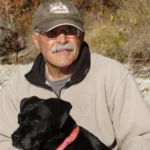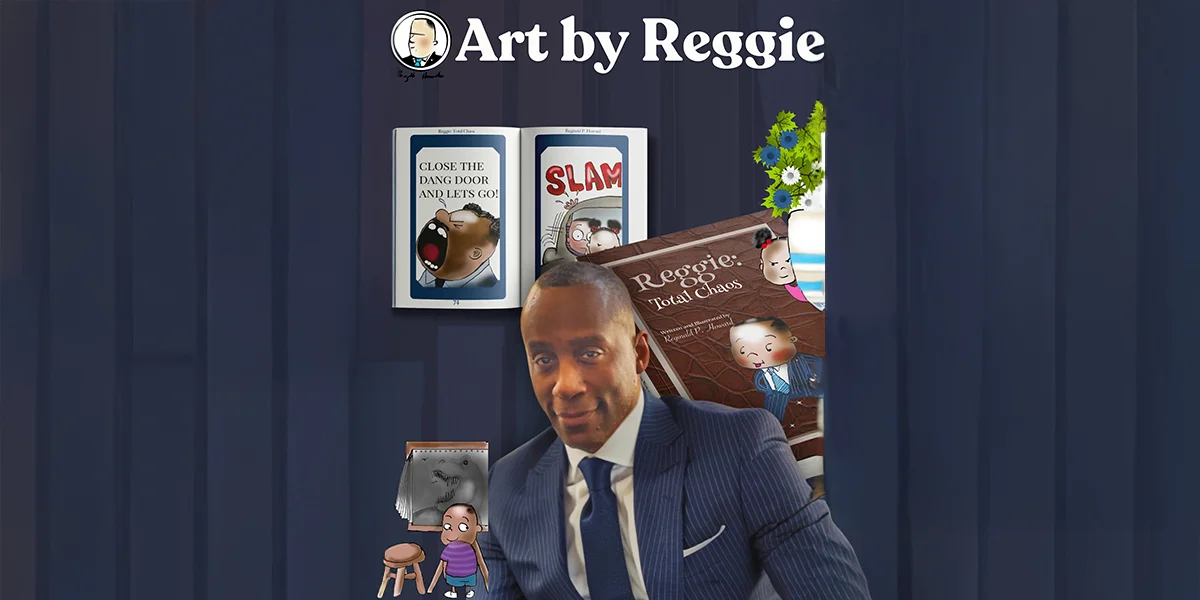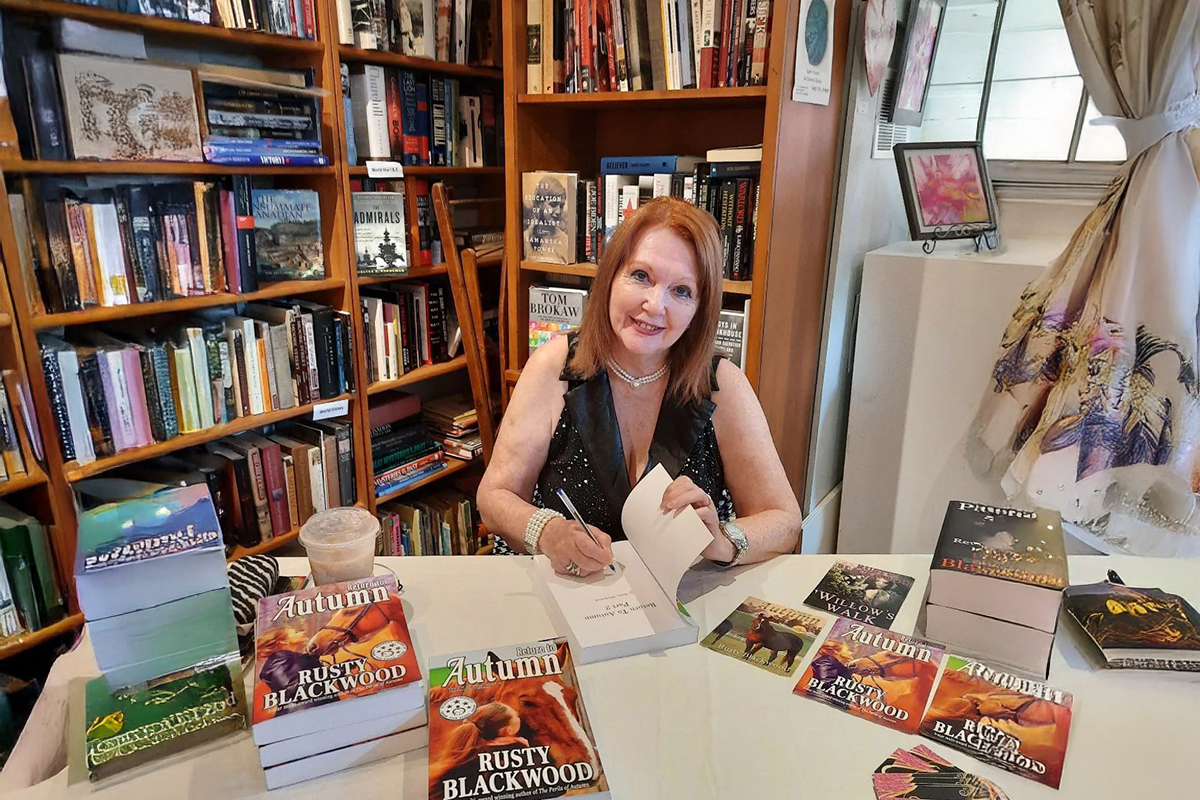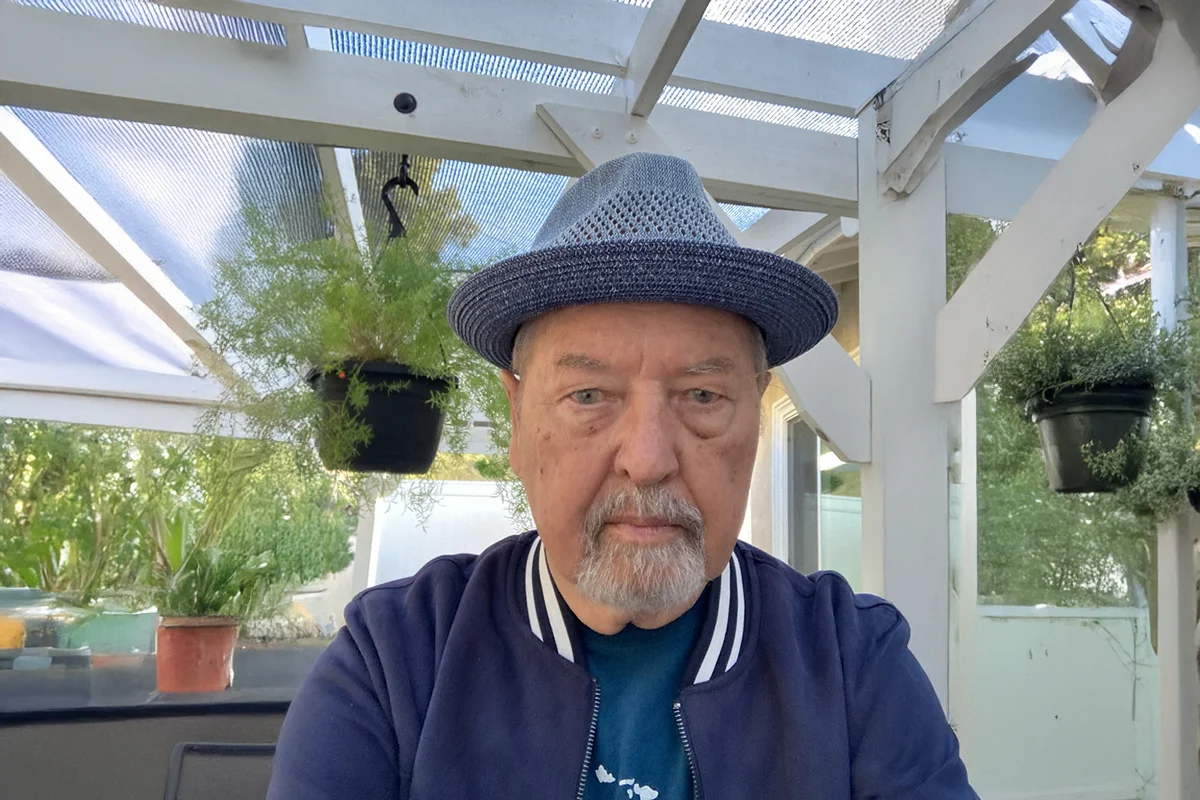John Winn Miller Shares Insights On His Award-Winning Historical Thrillers And The Art Of Storytelling
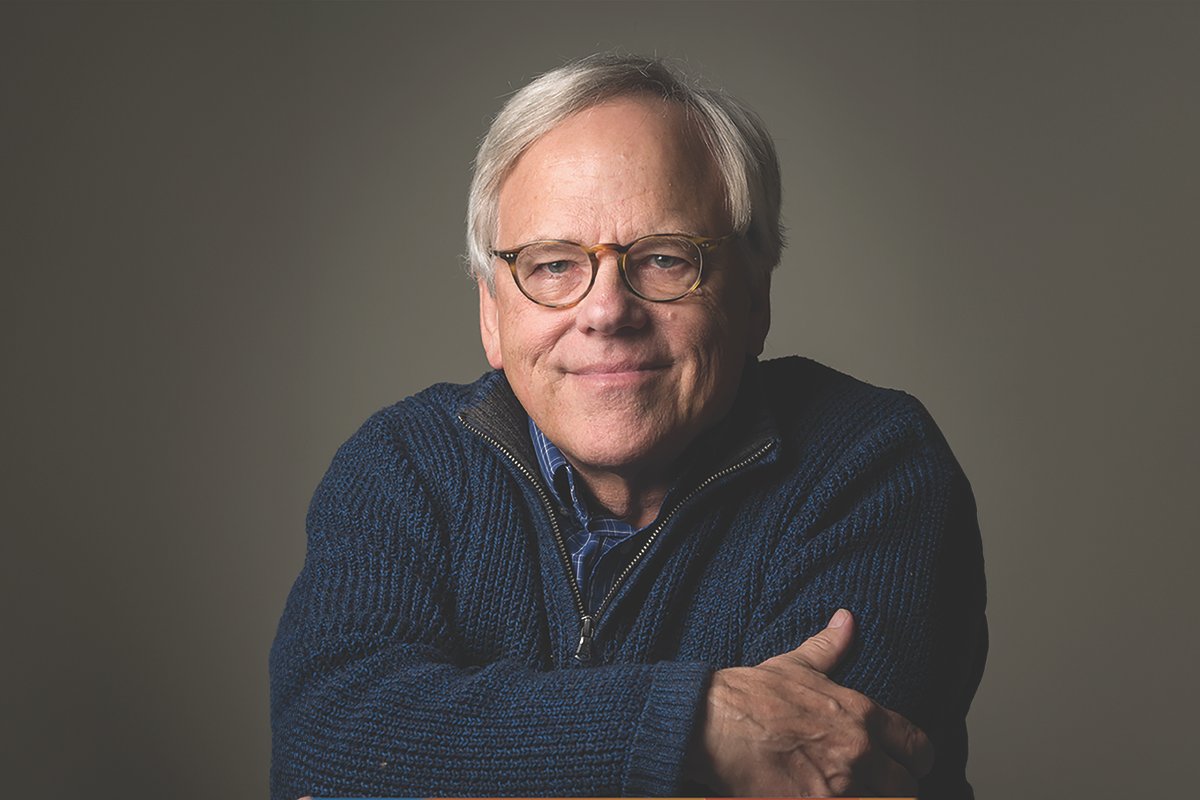 Screenshot
Screenshot
Photo: Award-winning author John Winn Miller brings history to life through his acclaimed WWII novels, blending thrilling action and profound character development.
Award-Winning Novelist Brings History To Life
John Winn Miller discusses his journey from journalism to writing, the creative process behind his WWII historical novels, research challenges, character development, and his commitment to authenticity and emotional storytelling.
John Winn Miller is a master storyteller who has seamlessly transitioned from a distinguished career in journalism, screenwriting, and indie film production to crafting historical novels that balance razor-sharp authenticity with heart-pounding action. His debut novel, The Hunt for the Peggy C, captivated readers with its gripping World War II-era drama, earning awards and rave reviews for its blend of meticulous research and rich character development. Its sequel, Rescue Run, continues the saga with even greater stakes and emotional depth, drawing praise from literary giants like James Rollins for its “nonstop adventure” and riveting storytelling.
What sets Miller apart is his ability to bring history to life through unforgettable characters—like Captain Jake Rogers, a morally complex merchant sailor, and Miriam Maduro, a young Jewish woman turned fierce British intelligence agent—woven seamlessly alongside historical figures and real events. His cinematic writing style and exhaustive research create narratives that immerse readers in the brutal realities of World War II while celebrating courage against insurmountable odds.
In this exclusive interview for Novelist Post, Miller shares the inspirations and challenges behind his work, offering insights into the meticulous craft of historical fiction. From his evolution as a writer to the delicate balance of action and character development, Miller’s reflections inspire both readers and aspiring authors alike.
John Winn Miller masterfully blends historical precision, vivid storytelling, and emotional depth, crafting unforgettable narratives marked by courage and humanity.
What inspired you to transition from journalism to writing historical fiction?
I wanted to be a novelist. But I realized I didn’t know how to write. Plus, I had no exciting experiences to write about. Journalism seemed like the best way to remedy those deficiencies. After the newspaper industry collapsed in the early 2000s, I took a buyout and wrote screenplays. Then, when COVID hit, I decided to turn one of my screenplays into a novel. So why did I pick to write historical fiction about World War II? I didn’t. It picked me after I watched a terrible movie years ago. I kept telling my family I could write a better screenplay. That night, I had a dream. When I awoke, I knew the first and last scenes and the name of the ship in my first novel, “The Hunt for the Peggy C,” but nothing else. So, I had to spend the next few years filling in the cavernous gaps in my knowledge.
How did your experiences as a foreign correspondent influence your novels?
When I was traveling with Pope John Paul II, covering wars or reporting on terrorists’ trials, there were no cell phones or internet. And CNN was in its infancy. As a result, I had to put the events in historical context and use all five senses in my reporting so readers would know exactly what happened and what it was like. They couldn’t just Google it. That meant paying attention to even the smallest details, such as accents, clothing, scents, hand gestures, species of trees, types of vehicles, and types of weapons. That is very much my writing style now.
What is the research process like for creating such detailed and authentic historical settings in your books?
Books, books, books, documentaries, historical associations’ websites, original documents online from the British National Archives, and even interviews conducted by the British Imperial War Museum with some of the real people in my books. I use footnotes to verify everything, and I hired experts to fact-check my work. One research problem was that I kept going down rabbit holes for hours in pursuit of one more interesting fact.
How do you balance thrilling action with deep character development in your storytelling?
It’s a delicate balance. I have a propulsive writing style, sort of like watching a Bourne movie. At the same time, I have to slow down enough to make readers care about the characters. I try to do that with as little dialogue as possible, letting their actions and decisions under pressure reveal who they really are. At the same time, I sprinkle in bits of dialogue to disclose motivation and develop character arcs.
What motivated you to create the character of Capt. Jake Rogers, and how has he evolved across your novels?
Rogers is loosely based on America’s first novelist, James Fenimore Cooper, who became a merchant sailor after being expelled from Yale for pulling pranks. My father was also kicked out of military school when he got in a fight standing up for what he thought was right. Rogers fled the US Naval Academy on a Europe-bound merchant ship while facing a possible murder charge for defending a friend in a fight. Like Rick in Casablanca, he begins as a cynical smuggler, indifferent to the war. But gradually, his sense of honor and love for Miriam Maduro make him realize that some things are worth fighting for.
Can you share any challenges you faced while writing “Rescue Run” and how you overcame them?
The novel was a constant challenge because I like to work my characters into a corner and then spend a considerable amount of time figuring out how they escape. That required a ton of research as I wanted everything to be both historically and technically accurate. So, the crazier their escapes seem, the more likely they are to be based on actual events. Also, I watched 1940s movies and listened to contemporaneous interviews to avoid using modern or incorrect phrases, particularly British ones (“knickers” instead of “underpants,” for instance).
How did your experience as a screenwriter and producer shape your approach to novel writing?
Screenwriting is more like a haiku, sparse and focused on visuals. Bringing a script to life requires thorough research, meticulous planning, and a touch of ingenuity. My novels are like that. In fact, many reviewers say they are like watching a good action-adventure movie.
What were the most rewarding and most difficult aspects of writing about World War II-era Europe?
The most rewarding was bringing to life little-known, real-life heroes in the Dutch resistance, such as Jacoba van Tongeren (code-named Miss 2000), the only woman to create and lead a resistance movement. The horrible part was dealing with all the collaborators, bounty hunters, gangsters and indifferent people who willingly participated in the Nazi atrocities.
Who are your biggest writing influences, and how have they shaped your style?
I love non-fiction authors who write like novelists, such as Sebastian Junger (The Perfect Storm), as well as novelists who write with the authority of historians, like Colleen McCullough (Masters of Rome series). I try to emulate their mastery of detail but with a simpler, cinematic writing style. More Hemingway than Faulkner.
What advice would you give to aspiring authors looking to write historical fiction?
Pay attention to the little details and watch out for anachronisms.
Editor’s Note
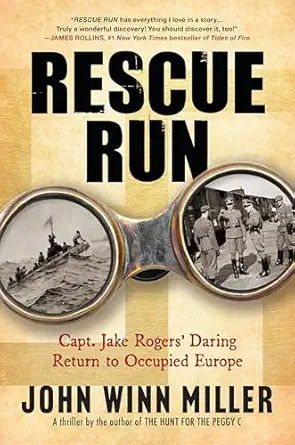
John Winn Miller is an award-winning author and journalist whose historical thrillers, rich in authenticity and suspense, transport readers into gripping tales of courage, sacrifice, and survival during wartime.
Rescue Run delivers a gripping blend of wartime suspense, espionage, and heart-pounding adventure. When Capt. Jake Rogers embarks on a daring mission to rescue his beloved’s father from Nazi captivity, he faces betrayal, danger, and relentless pursuit across occupied Europe. Packed with historical depth and nonstop tension, it’s a masterful, cinematic thriller.









